BeoVox S40
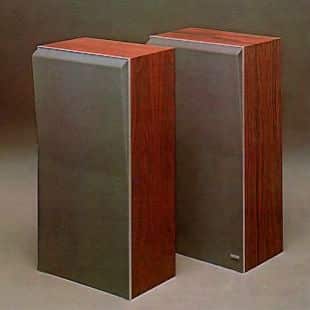
Bang & Olufsen Designer

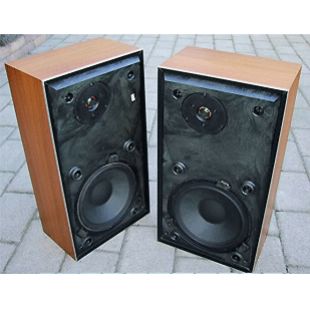
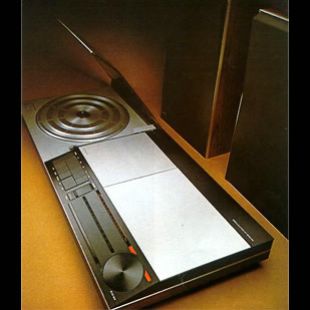
Beocenter 3300 combined a powerful AM/FM stereo receiver with an automatic record player. Technically identical to the Beomaster 2200, the receiver section offered programmes on FM, long and medium wavebands and up to 2 x 40 watts RMS amplification with low distortion levels. It also had the same logical operation facilities.
The record player had a spring-suspended rotatory mechanism and an electronic servo drive system which ensured accurate turntable speed – even during variations in the mains current supplies. A special pendulum leaf spring suspension made the arm and platter immune to external shock and vibration which causes most other record players to mistrack and damage the record and sometimes even the stylus.
All functions of the record player were operated by touching a single button. The start/play/stop cycle is entirely automatic and moves, lifts or lowers the arm much more delicately than could the human hand. The MMC 20E cartridge carried an elliptical diamond stylus.
Beocenter 3300 had sockets for a tape deck, an extra record player, headphones and two sets of stereo speakers. The unit could be made up as part of the Beosystem 3300, when linked together with other compatible Bang & Olufsen products.
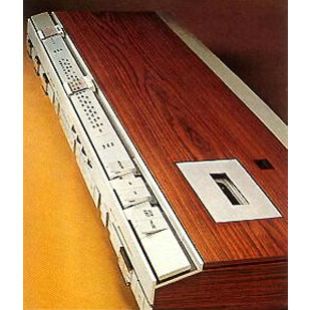
Beocenter 2600 consisted of a 2 x 25 watts RMS AM/FM receiver and a hi-fi cassette deck. The radio section covered Long, Medium and FM wavebands. A red/green LED indicator made recording easy and accurate, whether your sound source was the radio or a microphone (not supplied) connected to the hidden socket. A separate record player could be added if required.
For the cassette section, you could use both ferric and chrome tapes. The Dolby B Noise Reduction circuits ensured clean, noise-free recordings every time and the Super-Permalloy tape head was hard wearing with a long service life.
Beocenter 2600 could be made up as part of the Beosystem 2600, when linked together with other compatible Bang & Olufsen products.
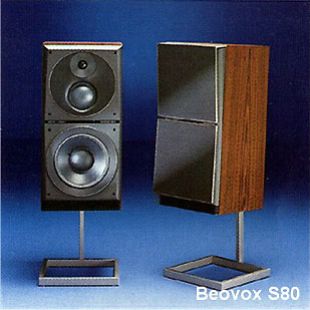


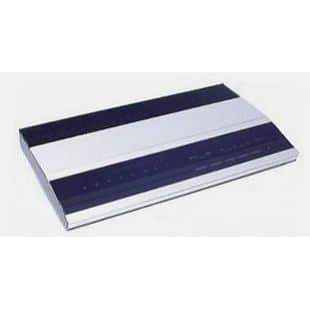
Designed as a perfect match, both physically and technically, for the Beomaster 2000, this advanced slim-line cassette deck was nonetheless a serious hi-fi product in its own right, combining a high-performance specification with supreme ease of operation.
Despite its unassuming appearance, Beocord 2000 contained a full pay-load of advanced circuitry plus a few extra features rarely found in cassette decks within this price frame. The primary controls – those concerned with tape movement – were totally electronic and designed on the Sensitouch principle. There were no knobs to turn or keys to press; a light fingertip touch was sufficient to activate any function.
Ferric, chrome or metal tapes could be used, and Dolby B noise reduction was included to ensure clean, hiss-free recordings. A clearly calibrated scale and input slider, together with large Peak Programme Meter, made it quick and easy to set accurate recording levels. These controls were placed adjacent to the cassette tray beneath a hinged lid which sprang open at a touch.
Beocord 2000’s built-in microcomputer made operation fast and foolproof. It was possible to switch directly between any and all tape transport modes without harming the tape, the mechanism or the motor. Microcomputer intelligence also opened the way for additional control functions that contributed in a very practical way to daily enjoyment of taped music.
A NEXT control allowed for easy track location (tape scan): one touch fast winds the tape to the next signal gap and plays the following track – automatically. So if you wanted to hear, for example, track number 5, just touch-and-wait four times and the place would be found for you. Similarly, you could repeat play-back of a favourite track up to five times with just a single touch. It’s such a convenient way of listening to exactly what you want, when you want.
Beocord 2000 had a socket for data-link connection to Beomaster 2000 so that direct switching was possible between Beomaster, Beogram and Beocord in the Beosystem 2000. The deck could also be data-linked to Beomaster 5000 or Beomaster 6000, when all tape functions could be operated via the receiver’s remote control system. Beocord 2000 could be made up as part of the Beosystem 2000, when linked together with other compatible Bang & Olufsen products. It was also part of Beosystem 3000 if that is how you wished to use it.
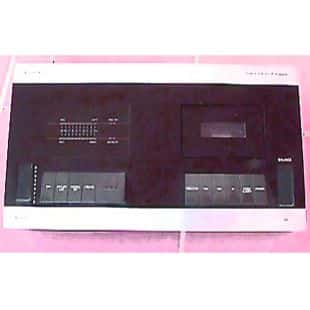
Beocord 1600 matched the Beomaster 1600 and Beogram 1600 both physically and technically. It combined high performance with easy, straightforward operation.
Ferric, chrome or metal tapes could be used. The Sendust tape head, Dolby B Noise Reduction circuits and Peak Programme Meter all contributed to high quality recording and playback. You could switch between all modes of play without fear of tangling the tape or damaging the mechanism.
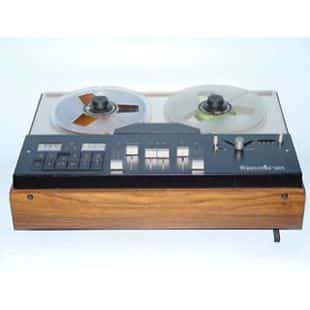
Beocord 1600 Type 4205 was a reel-to-reel tape recorder. Among its special features it had sound on sound, automatic recording level control and mixing controls The PA Amplifier could be operated without the motor running.
Bang & Olufsen’s Beocord 1600 tape recorder was designed by Jacob Jensen and was the second product to receive the iF Award in 1971.